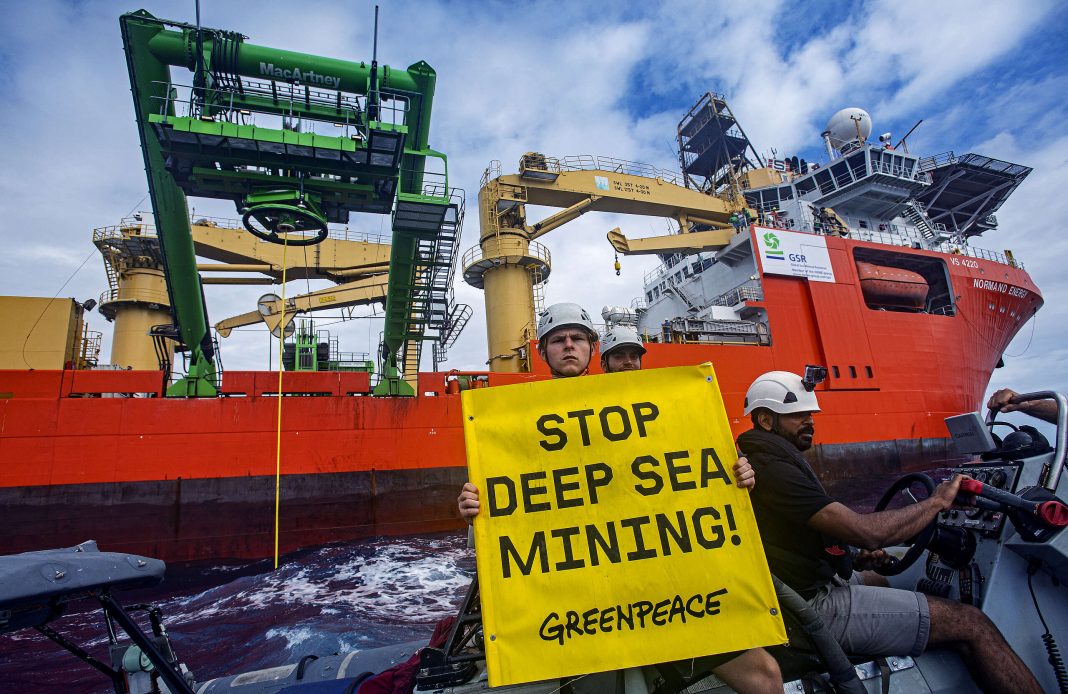As world leaders and policymakers, including the Australian government, converge at the International Seabed Authority this month to deliberate on the future of our oceans, a ground breaking discovery has emerged from the depths of the Pacific.
A recent study published in one of the most prestigious scientific journal, Nature Geoscience has unveiled a remarkable phenomenon: charged metallic lumps producing oxygen four kilometers below the ocean’s surface, in an environment completely devoid of sunlight. These “dark oxygen” sources are not the product of photosynthesis, as was once thought, but rather a result of the unique properties of potato-shaped metallic nodules. These nodules are key players in oxygen production and with further investigation, the discovery team were amazed to find they carried an electric charge, much like a tiny AA battery.
This finding, which was uncovered by chance when lead researcher Professor Andrew Sweetman and his colleagues were investigating a wide area between Mexico and Hawaii, casts doubt on our knowledge of how oxygen is produced. It was once thought that only living things, like plants and algae, could make oxygen through a process called photosynthesis, which requires sunshine. Through the fascinating process of seawater electrolysis, it was discovered that this charge can split seawater into hydrogen and oxygen.
What does this mean for the future of deep-sea mining in the Pacific?
The implications are significant. The potential impact of mining operations on these enigmatic metallic lumps and their surrounding ecosystems must be carefully considered. The International Seabed Authority’s decisions will play a crucial role in determining whether these deep-sea habitats will be preserved or exploited. It will determine the future of the Pacific communities relying on the ocean for our very survival.
Additionally, with The Metals Company partially funding the study, there are pressing questions about their stance on mining activities in light of this new information. Will they reconsider their plans to mine in these regions?
This discovery not only challenges existing scientific patterns but also raises urgent environmental concerns. The potential ramifications of disrupting these oxygen-producing nodules could have far-reaching effects on the delicate balance of deep-sea ecosystems. It’s imperative that everyone, including governments, corporations, and conservationists, tread carefully to ensure the protection of these crucial habitats.
As we move forward, we will continue to fight for the preservation of our oceans and their incredible, yet fragile, ecosystems. The time to act is now—let’s ensure that our future decisions honour and protect the mysteries of the deep.
Stop Deep Sea Mining before it starts
Greedy companies want to mine the seafloor for profit. 2 million people worldwide say no to deep sea mining – will you join them?
Sign petition


